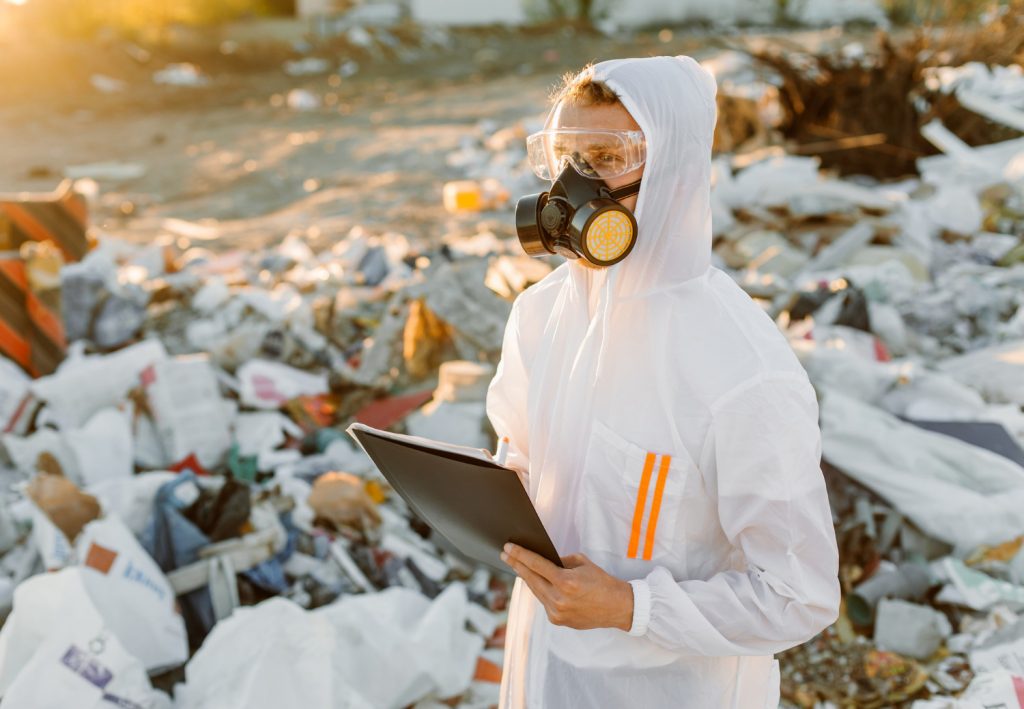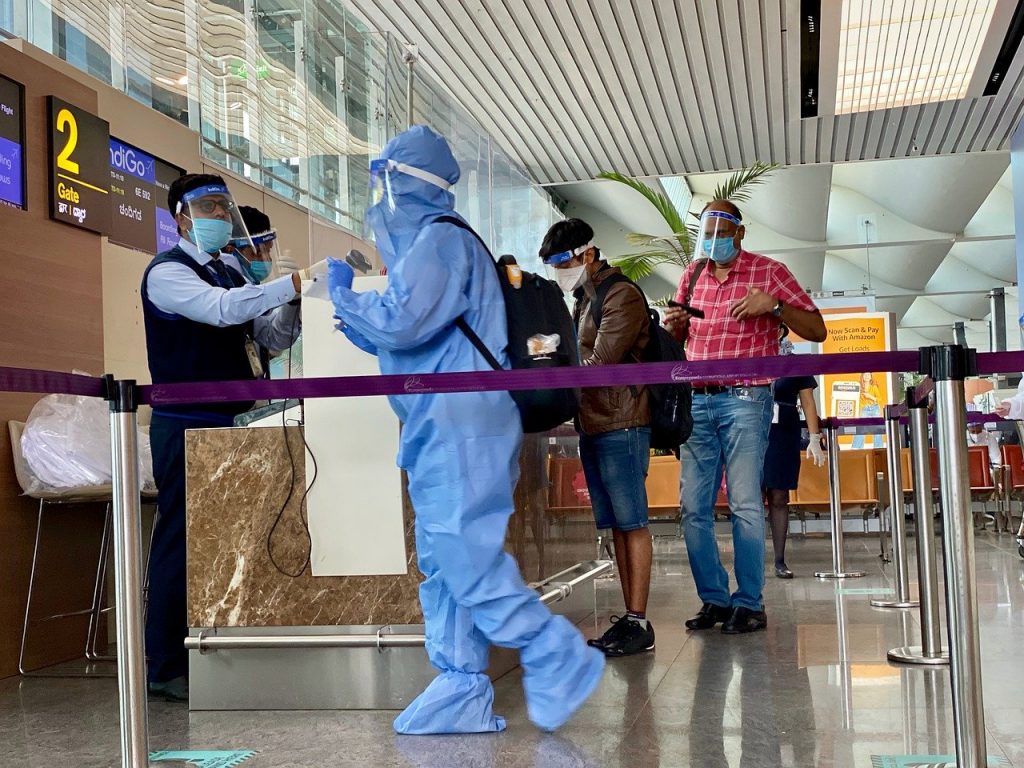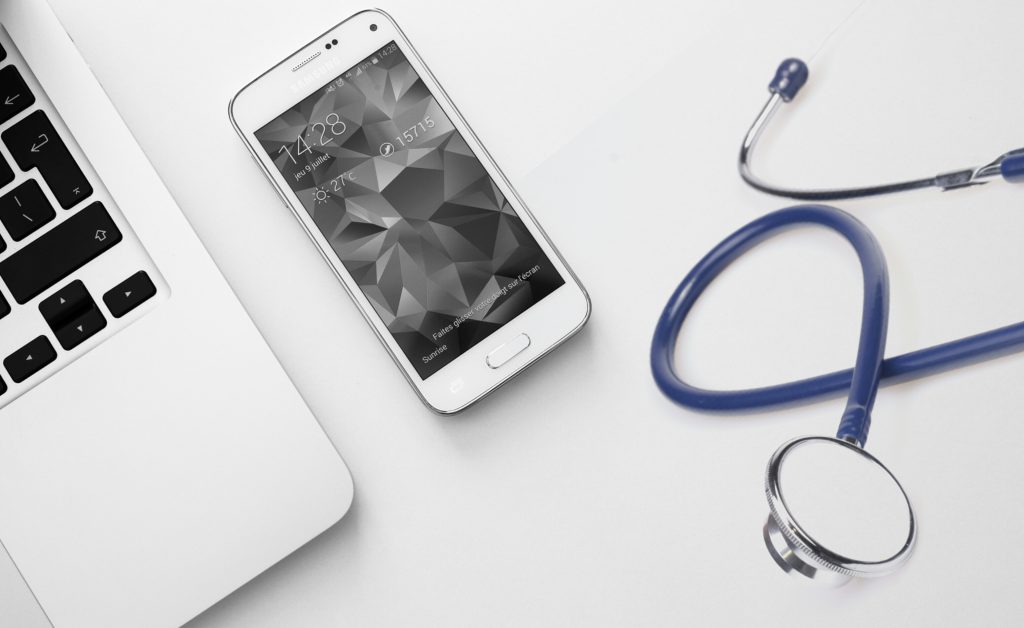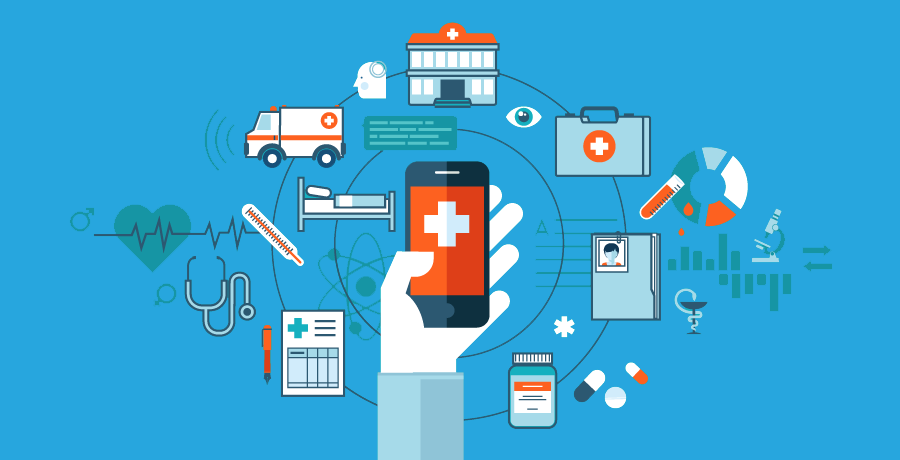The COVID-19 pandemic began with a shortage of personal protective equipment like masks, gloves and gowns. In its wake, authorities the world over are now left to deal with tons of non-biodegradable medical waste. The accelerated vaccination drives are adding disposed of syringes, vials and needles to the mounting medical waste problem.
Technology that facilitates telehealth has been in the making long before the COVID-19 pandemic. At the time, developments in telehealth focused on bridging barriers in access to quality care. The most talked-about advantages of telehealth were enabling access to specialist care in remote and rural areas and taking healthcare to patients with transport or mobility challenges.
The demographic born between the years 1986 to 1996 is termed Gen Y or as they are more popularly known – millennials. The oldest millennials are now entering their 40s and many of them are in their 30s. A significant portion of the people seeking healthcare will now belong to this population group. They are decision-makers not only for their own healthcare but also for their children and parents. A lot has been spoken about shifts in behaviours and habits led by the millennials.
Singapore leads news headlines in Asia for using the latest technology to improve health care delivery as the world continues to fight the pandemic. Several Singapore-based companies, including the government, are grabbing global attention for their efforts to ease patient access to health care and facilitate a better international travel experience during the pandemic.
A health screening module is the newest feature to join Vault Dragon’s suite of digital solutions for healthcare institutions. The latest development digitalises health screening services offered by healthcare providers. It’s the first of its kind solution in South East Asia to digitalise health screening end to end, i.e. right from the time patients make an appointment to receiving the final report.
As COVID-19 dominated healthcare’s attention for the majority of 2020, other health care types – primary, diagnostic, speciality and chronic – fell by the wayside. Both because of limited resources and restrictions on physical movement and interaction. Much has been spoken about how digital health solutions swooped in to save the day – not only to tackle the novel virus’ spread but also to address the gap in other health care needs.
Enough evidence exists on the advantages of a globally integrated healthcare ecosystem. However, a seamless exchange of data is imperative to make data-driven health care a reality. It’s a mammoth task made simpler with the latest technology, considering the complexity of healthcare data and the number of stakeholders involved.
Almost a quarter into 2021, it’s a secret no more that 2020 changed the way almost everything is done around the globe. Experts and thought leaders are still marvelling at the near-overnight adoption of digital solutions forced by the pandemic’s restrictions on physical interaction and assembly. Existing digital solutions that were long ignored by the pre-pandemic status quo have been embraced at a pace few would have imagined.
Another New Year is upon us. But unlike other New Years when all eyes are on the future’s possibilities, this one compels us to look back at the year gone by.
Little did border and security personnel around the world think they’d soon be armed with thermometer guns and their job profiles would include checking the body temperature and health documents of every incoming individual.
Running a digital clinic in 2019 may have been ‘forward-thinking’ of most healthcare providers but in 2020 the future is here. Going into 2021, if you haven’t switched to a digital clinic yet, you have some catching up to do. Here are 10 reasons your clinic needs a digital upgrade now!
UBS Wealth Management Singapore recently released its ‘Year Ahead 2021’ outlook that declares the coming year as “a year of renewal”. The Swiss multinational investment bank is betting big on health tech being one of the sectors to deliver the “the next big thing” of the decade.
COVID-19 pushed health care providers to adopt telehealth with renewed vigour. Here’s how digital communication tools came handy to innovatively address challenges posed by the pandemic:
Vault Dragon has rapidly evolved from an early-stage to growth-stage startup in our 7-year-young journey. Here’s a glimpse of how Vault Dragon has pioneered the healthcare delivery revolution in Asia:













